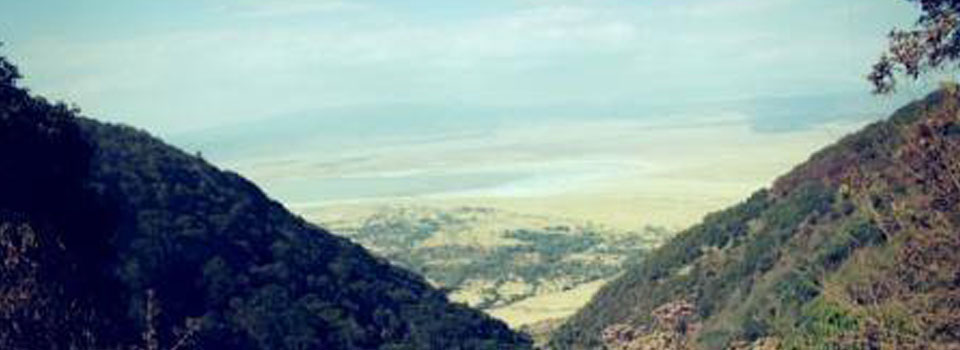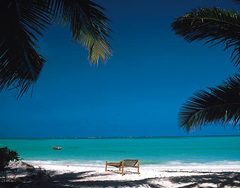Zanzibar :
Nicknamed the "Spice Island, this paradise located off the north coast of Tanzania attracted travelers for centuries.
Some came in search of cloves, others to satisfy their urge to plunder, others still living idyllic.
Recently linked to Tanzania, Zanzibar was invaded in turn by the Sumerians, Assyrians, Egyptians, Phoenicians, Indians, Chinese, Persian, Portuguese, Omani, the Dutch and then British.
But it Shirazi Persians and Omani who left the deepest imprint still visible today.
The old city of Stone Town is one of the most fascinating places on the east coast.
Bordering the labyrinth of winding streets, its houses are whitewashed coral color and adorned with beautiful doors studded with copper (endangered).
The city has countless shops, bazaars, mosques, courtyards and fortresses, two former sultans' palaces, two huge cathedrals, colonial mansions a trifle faded, a bathhouse Persian style fell into disuse and a surprising number of foreign consulates.
The island is dotted with historic sites such as Marhhubi palace, built in 1882 by Sultan Barghash to establish his harem.
To enjoy all these wonders, it is advisable to take a guided tour.
The guides, many, you will discover several palaces in ruins, cave Mangapwani slaves and various spice plantations and fruit located in the heart of the island.
Jozani forest, 24 km southeast of Stone Town, is home to a pool of red monkeys, a rare species of antelope and Zanzibar.
Air Tanzania offers one flight daily except Thursdays and Sundays in both directions between Dar es Salaam and Zanzibar, but most travelers, for reasons of economy, go to the island by ferry, catamaran or hydrofoil .
Dhows and other vessels also carry forth between Zanzibar and Mombasa, Kenya, once or twice a week.

















.png)